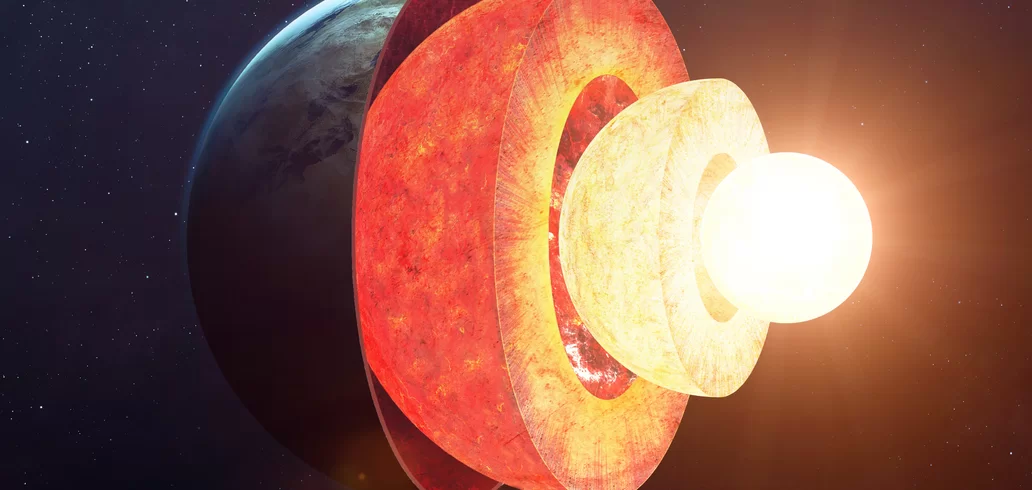News
Nearly 2,000 earthquakes were recorded off the coast of Canada in a single day
Advertisement
New oceanic crust
The formation of new oceanic crust is a continuous and fundamental process in Earth's geology, occurring mainly at mid-ocean ridges, where tectonic plates move away from each other. In these regions, magma rises from the Earth's mantle and solidifies, forming new oceanic crust. This process is known as “seafloor spreading.”
As magma cools and solidifies, it forms igneous rocks, such as basalt, which make up new oceanic crust. Over millions of years, this crust moves away from the mid-ocean ridge, driven by underlying tectonic activity, until it encounters a continental plate or another oceanic plate. In these regions, subduction can occur, where older oceanic crust is pushed beneath the continental crust or another oceanic plate in a subduction zone.
The cycle of formation and destruction of oceanic crust is one of the most important geological processes in the dynamics of the Earth and plays a crucial role in the configuration and evolution of continents and oceans over geological time.
No major risks
In general, the natural process of forming new oceanic crust at mid-ocean ridges does not pose significant risks to people living nearby. These activities occur mainly on the ocean floor, in underwater areas far from the coast.
However, it is important to mention that oceanic ridges can be associated with earthquakes and volcanic activity, since they are places where tectonic movements and the release of magma from the Earth's mantle occur. In some situations, these events can cause underwater earthquakes or volcanic eruptions that can generate seismic waves or tsunamis.
Furthermore, while the natural formation of new ocean crust does not directly pose risks to humans, human activities such as deep-sea mineral exploration or installation of subsea infrastructure can bring their own environmental risks and impacts.
Therefore, while the natural formation of new ocean crust does not pose a major risk in itself, it is important to consider the possible indirect effects and take appropriate precautionary and monitoring measures.
Trending Topics

Instagram Giveaway Apps: How to Choose the Best One?
Discover the best Instagram giveaway apps to run fair, fast and safe promotions.
Keep ReadingYou may also like

Total Cell Phone Security: Digital Protection Strategies
Discover the best strategies and applications to ensure your digital protection, avoid virtual threats and keep your data safe.
Keep Reading


